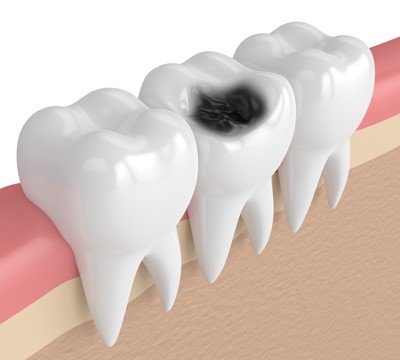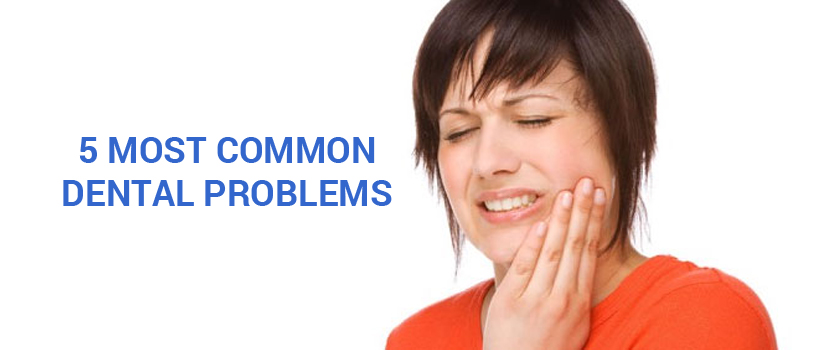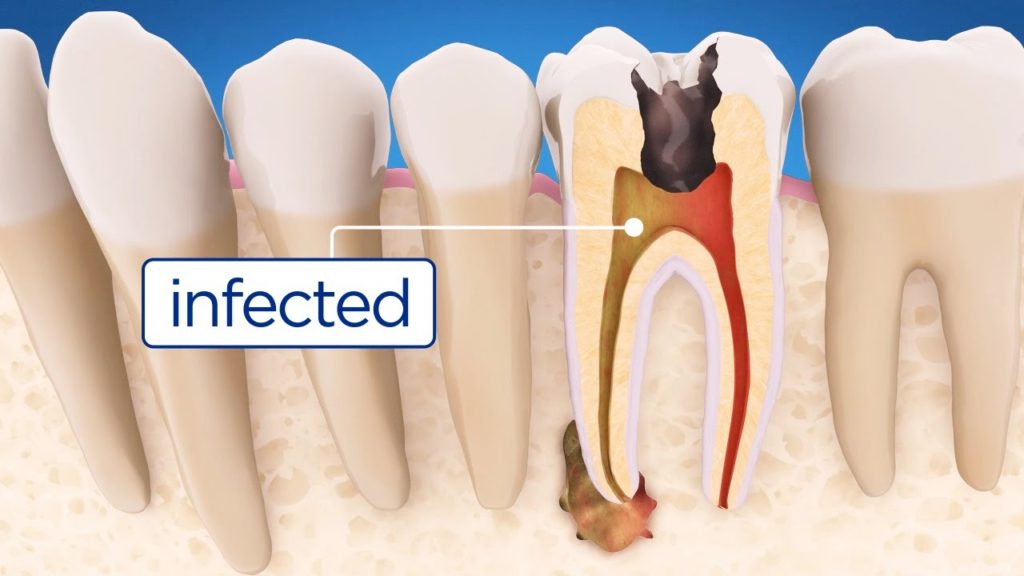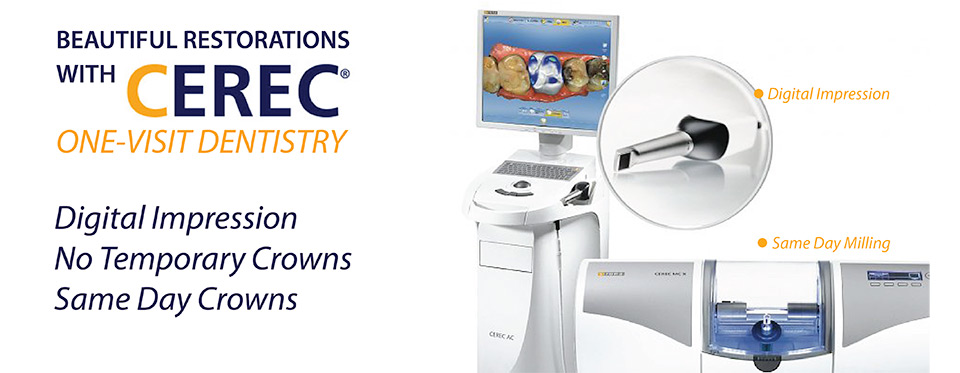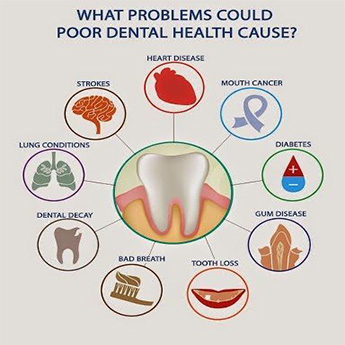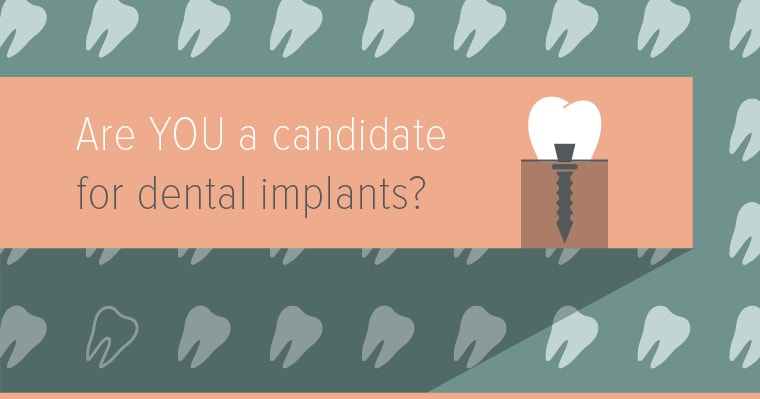
Dental Implants: An Ancient Solution for The Modern World!
As a child, losing a tooth often coincides with a visit from the Tooth Fairy, along with the exciting prospect of finding a shiny coin (or crisp bill) under your pillow the next morning. Unfortunately, much like Santa and the Easter Bunny, once you reach adulthood, visits from the Tooth Fairy seem to no longer apply, thus losing a tooth just means a whole lot of trouble! Fortunately, your friends at Overland Park Dentistry are here to help you in such a situation. And while we may not be the Tooth Fairy, we do have something special that that is certain to get you smiling again; something known as dental implants!
While dental implants have recently come into vogue amongst the general public, dental implants have actually been around for much much longer than that. Recently, archaeologists have actually unearthed evidence of ancient dental implants used by the Mayan civilization around approximately 600 AD! That’s right, the practice of replacing missing teeth has been employed for much longer than most people realize, and while today’s dentists might not use seashells to replace missing teeth, (as the ancient Mayans did) we trust that you will find your custom-fitted replacements more than satisfactory!
Dental Implants: What Are They?
Beneath your gumline you have what are called roots. Your roots act as a tooth’s life source by connecting the pulp and blood vessels to your jaw, while simultaneously keeping the tooth anchored securely within its socket. However, if a tooth is destroyed, then it is necessary to not only replace the tooth itself, (which is known as a crown) but also to find a means of anchoring the tooth in place. Therefore, acting as artificial tooth roots, a dental implant is fitted within your jawbone, creating a base for the crown to be held in place. These screw-like devices are attached to the crown via a connector and can be designed to support multiple crowns, ultimately resulting in a sturdy replacement that looks and functions like natural teeth. Dental implants are unquestionably the most effective method of tooth replacement available, and if you meet the candidacy requirements, dental implants are generally your most viable option. But, are you a dental implant candidate?
Dental Implants: Candidacy Requirements
Although dental implants are often an ideal solution, it’s important to realize that implants are not for everyone and there is a certain criterion that you must meet to be a dental implant candidate.
Listed below are some of the following requirements for candidacy:
- First and foremost, to be a dental implant candidate, it is important to be in good oral health. While you may have sustained a broken tooth, (hence the need for a replacement) if the surrounding gum tissue has remained healthy enough to sustain the minor surgery needed to insert the implant then you’re in the clear! While gingivitis is a relatively common condition that causes the gums to become slightly irritated or inflamed, if left untreated it can eventually lead to periodontitis or gum disease. Periodontitis is an infection of the gum tissue, and like any infection is prone to spread and worsen over time. If you have developed periodontitis, you should seek treatment prior to receiving implants or any cosmetic procedures as this condition can be very serious.
- Another requirement to be a dental implant candidate is that the patient has to have a healthy, fully developed jawbone. If you have suffered from previous mandible ailments such periodontitis or oral cancer, there is a possibility that you may have sustained bone loss and therefore may require a bone graft prior to receiving dental implants. Additionally, if the patient is a juvenile and has not stopped growing, implants should not be employed until the jaw fully develops.
- While it may sound silly or trivial at first, a final but equally as important candidacy qualification, is the understanding that the implanted teeth must receive exceptional care from you the patient. Although tough and very durable, dental implants DO have limits and CAN fail if neglected or improperly managed. While routine visits to your dentist are certainly important in ensuring the success of your implants, it is imperative that you practice daily oral hygiene; including brushing 2 to 3 times a day and flossing regularly. Additionally, if you are a smoker or struggle with substance abuse, it is highly advised that you discontinue use and resolve such addictions before receiving dental implant treatment.
Dental Implants: Tooth Replacement Done Right!
From the rudimentary replacement methods first employed by the ancient Mayans, to the state-of-the-art technology used by Dr. Kimes and his staff today, replacing missing teeth has always been important. Therefore, if you have a broken or missing tooth, there’s no need to suffer when there’s a fantastic solution that has helped people for many years and can certainly help you. Don’t wait; contact our offices at Overland Park Dentistry and let’s see if you are a dental implant candidate if that is an effective course of treatment for you!
Local dentist, Dr. Charles R. Kimes, DDS, and his team at Overland Park Dentistry look forward to having the opportunity to care for you and your family with preventative, restorative or cosmetic dentistry. To schedule your dental appointment with your Overland Park Dentist, contact us at our south Overland Park office at (913) 647-8700 or our north Overland Park office at (913) 341-2380.


